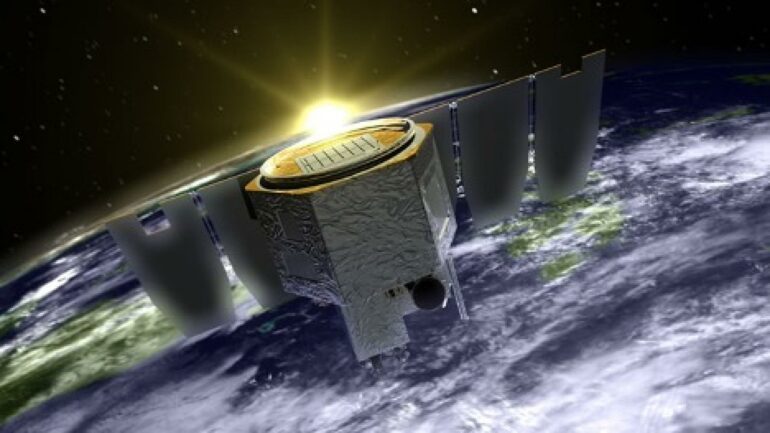NASA’s AIM mission is coming to an end after 15 years in orbit. The government said Thursday that it was ceasing operational assistance for the spacecraft owing to a battery power failure in a brief blog post seen by Gizmodo. AIM’s battery problems were initially discovered by NASA in 2019, but the spacecraft was still returning “significant amounts of data” to the planet. NASA reports that AIM has stopped responding as a result of a recent decrease in battery power. In case the spacecraft reboots, the AIM team will continue to keep an eye on it for another two weeks, but based on NASA’s report, the agency isn’t holding its breath.
In 2007, NASA launched the Aeronomy of Ice in the Mesosphere (AIM) project to study noctilucent clouds, often known as night-shining clouds or fossilised clouds since they can persist for hundreds of years in Earth’s upper atmosphere. With data collected by AIM appearing in 379 peer-reviewed papers, including a recent 2018 study that found methane emissions from human-driven climate change are causing night-shining clouds to form more frequently, the spacecraft proved invaluable to scientists from its vantage point 370 miles above the planet’s surface. Pretty good for a mission that NASA had originally anticipated lasting only two years. The demise of AIM comes after that of another veteran NASA spacecraft. After nearly four decades of gathering ozone and atmospheric observations, the NASA deorbited the Earth Radiation Budget Satellite at the beginning of the year.

